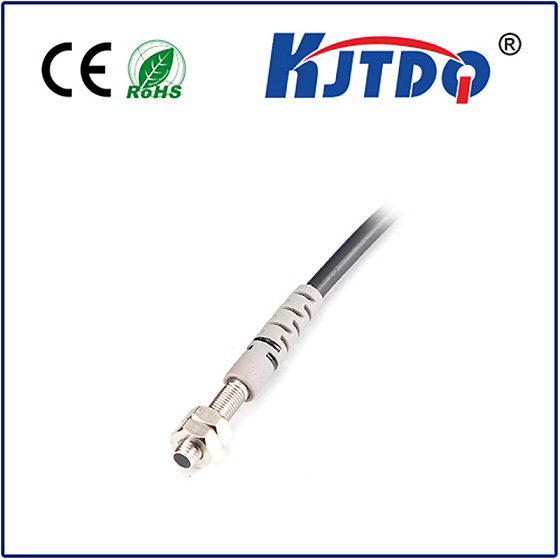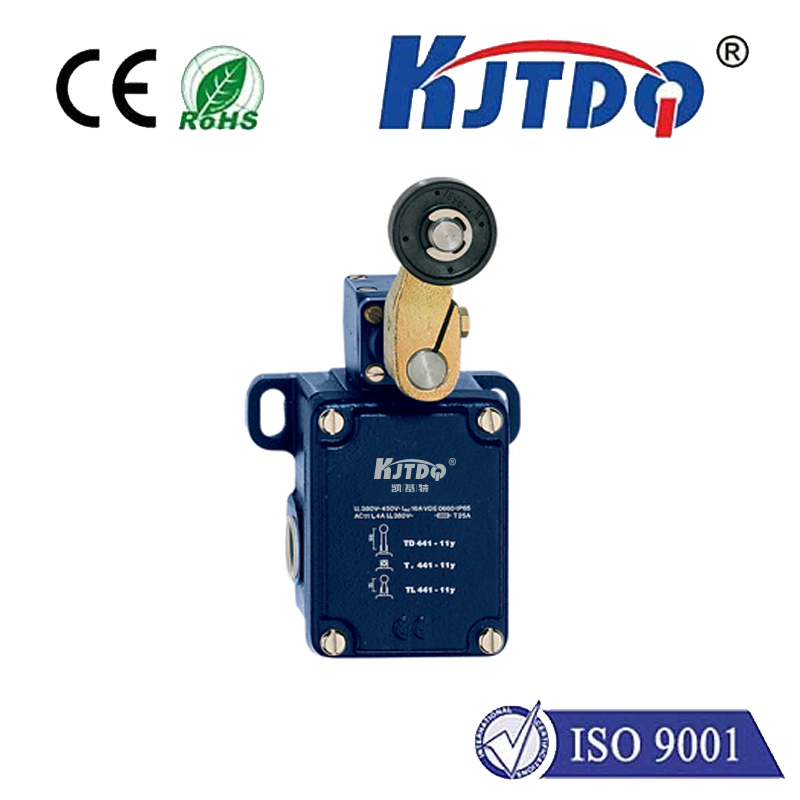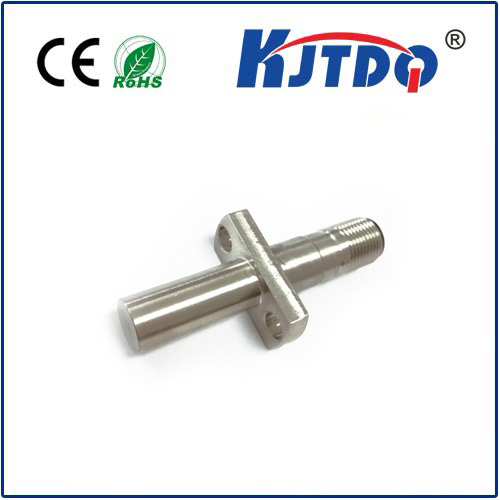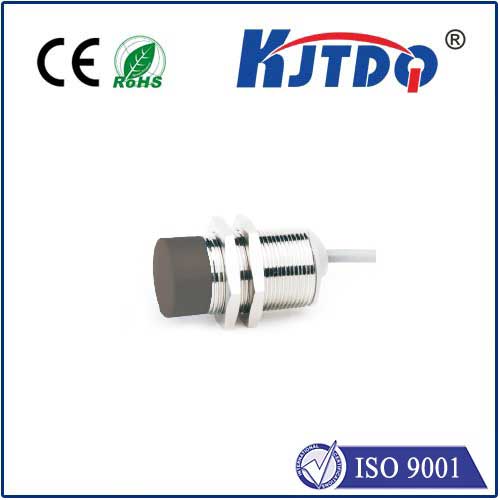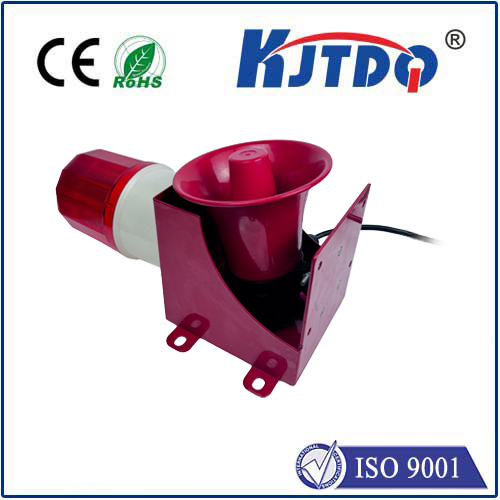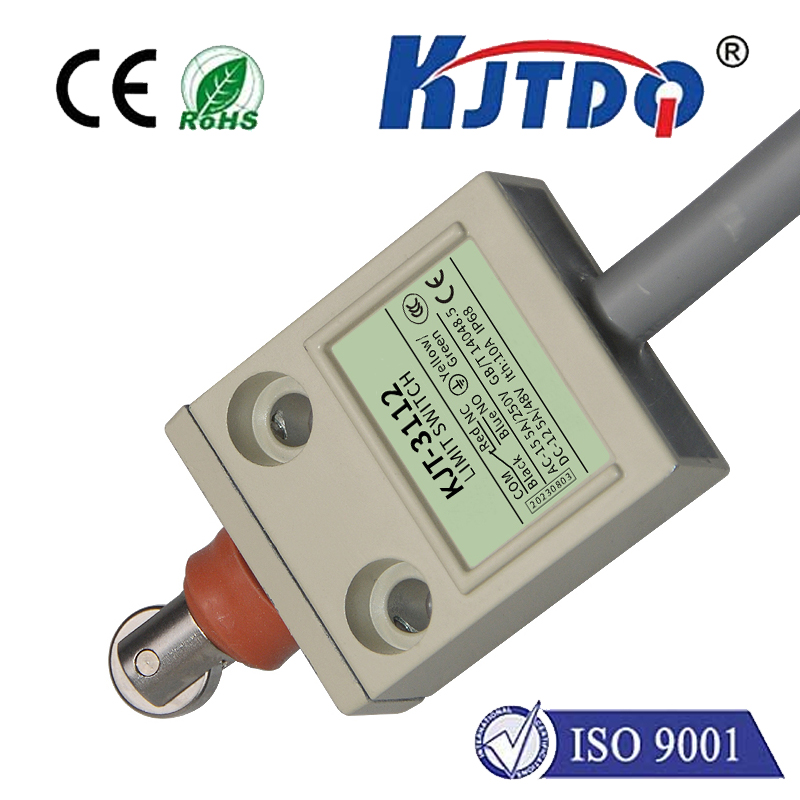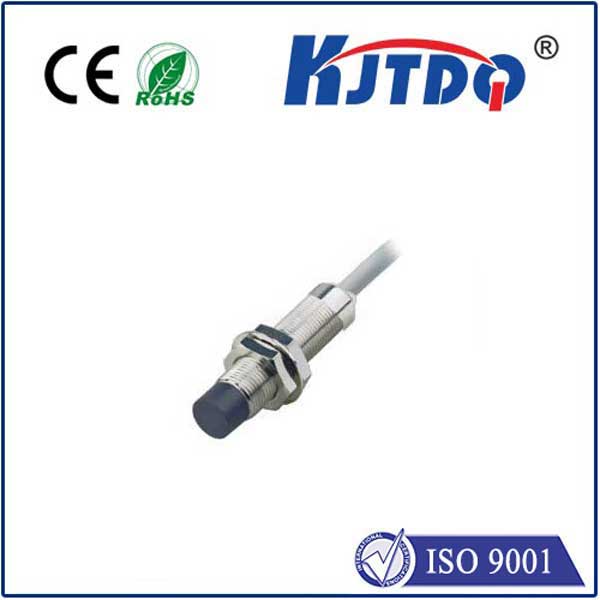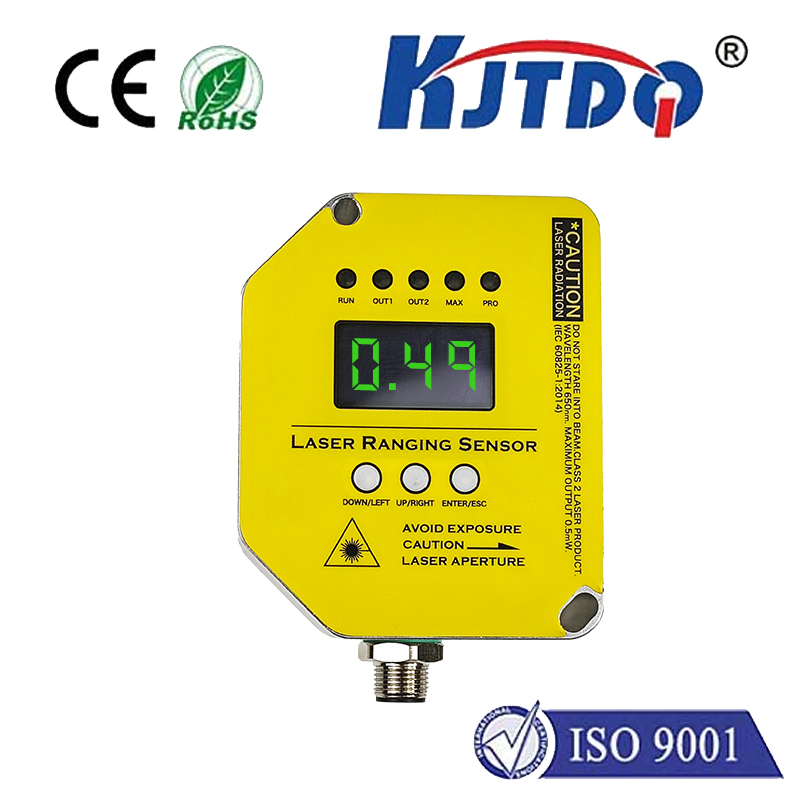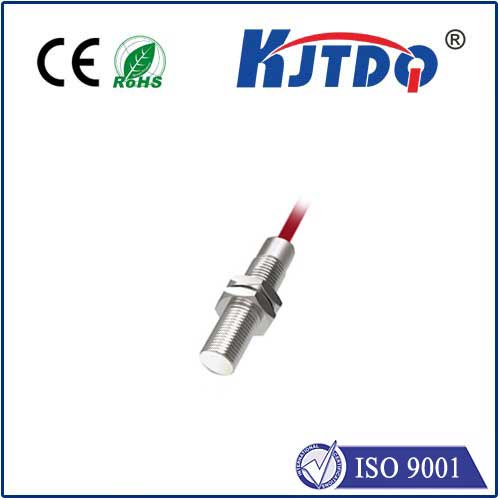
check

check

check

check
Title: The Versatile Applications of Reflective Type Photoelectric Sensor
In the realm of industrial automation and robotics, sensors play a pivotal role in gathering information about the surrounding environment. Among the various types of sensors available, the reflective type photoelectric sensor stands out due to its unique capabilities and applications.
Reflective type photoelectric sensors operate on the principle of light reflection. They consist of an emitter that projects light towards a target surface and a receiver that detects the reflected light. When the light beam is interrupted by an object or surface, the sensor sends a signal indicating the presence or absence of the target.

One of the primary advantages of reflective type photoelectric sensors is their ability to detect a wide range of materials, including transparent, translucent, and opaque objects. This versatility makes them ideal for use in various industries such as manufacturing, packaging, and logistics.
In manufacturing, reflective type photoelectric sensors are commonly used for product counting, sorting, and quality control. For instance, they can be employed to count the number of products passing through a conveyor belt or to detect any defects or irregularities in the product surface.
In the packaging industry, these sensors are used for label detection and alignment during the packaging process. By accurately detecting the position of labels on products, manufacturers can ensure proper placement and alignment, resulting in higher-quality packaging.
Reflective type photoelectric sensors also find applications in logistics and warehouse management. They can be used to monitor inventory levels, track the movement of goods, and automate loading and unloading processes. Additionally, they can be integrated with other systems such as barcode scanners to further enhance their functionality.
Another benefit of reflective type photoelectric sensors is their ease of installation and maintenance. They do not require complex wiring or programming, making them accessible to users with varying levels of technical expertise. Furthermore, their compact size allows for easy integration into existing systems without significant modifications.
In conclusion, reflective type photoelectric sensors offer numerous benefits and versatile applications across various industries. Their ability to detect a wide range of materials, coupled with their ease of installation and maintenance, make them an essential component of modern automation systems. As technological advancements continue to shape the future of industrial automation, reflective type photoelectric sensors will undoubtedly remain a crucial tool in achieving efficiency and accuracy.
